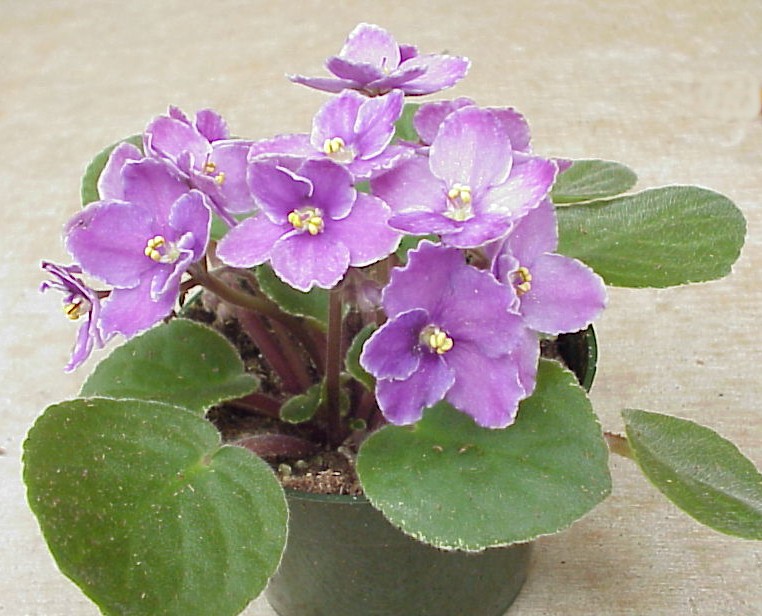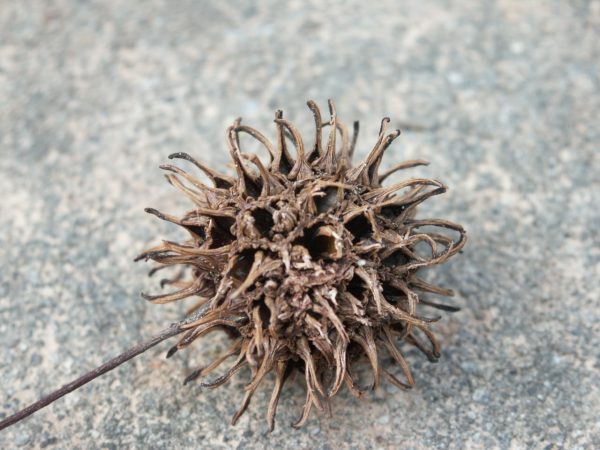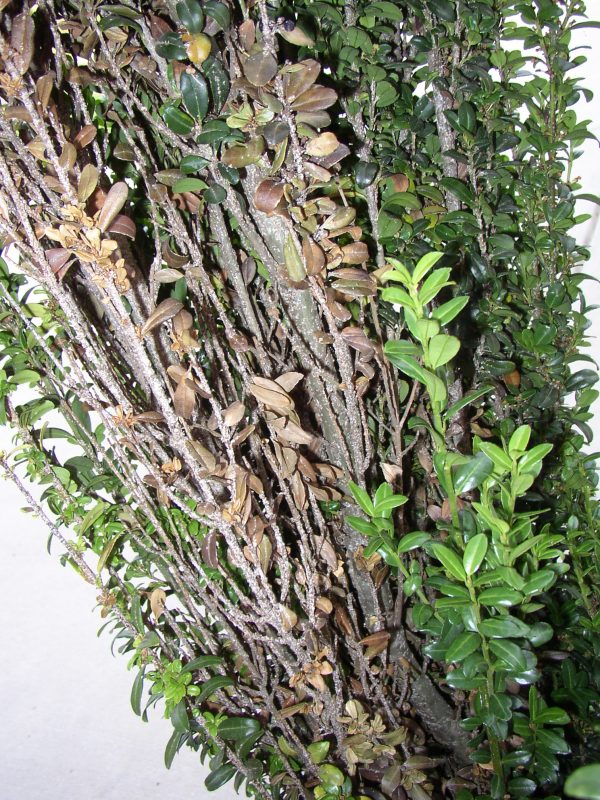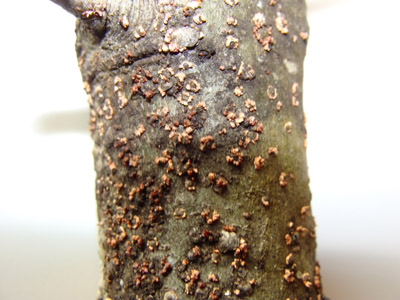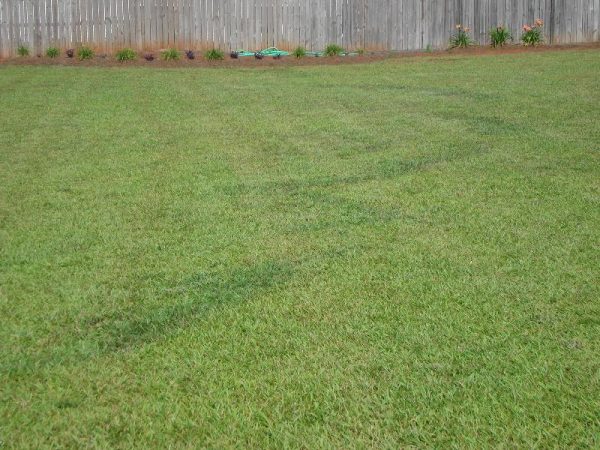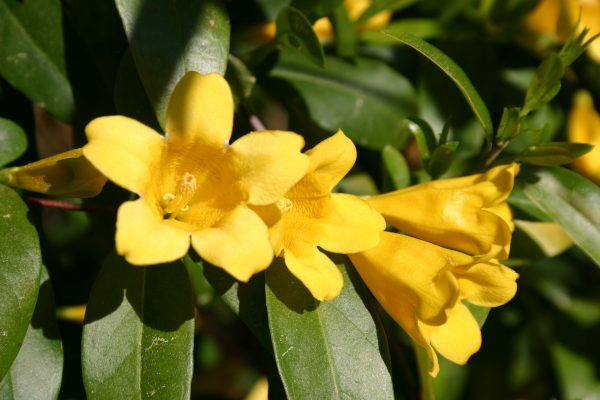Houseplants – Cleaning and Propagating
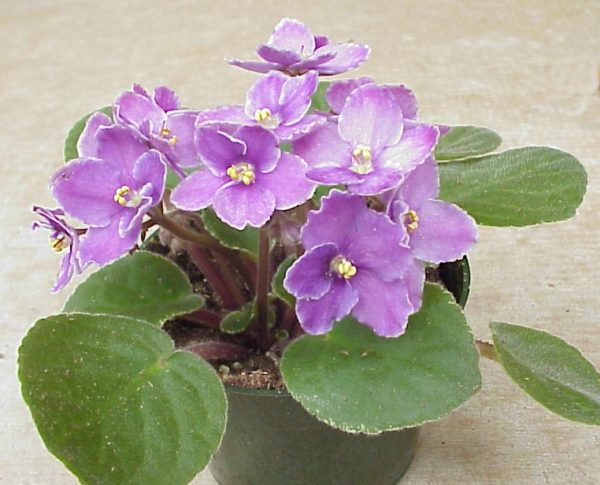
Last week I covered pruning and providing moisture for houseplants. I also detailed how to care for a holiday poinsettia. This week, I’ll describe how to clean leaves and propagate a couple of houseplants plus give some hints on amaryllis care now that the holidays are over.
CLEANING Some plants hardly ever need cleaning. I don’t think I have ever cleaned an African violet or a bromeliad. On the other hand, pothos, snake plant and spathyphylum look ever so much better when their leaves aren’t covered with dust.
I’ve known enthusiasts who swear by baby oil, milk and even cooking spray for making leaves shiny but I’m not convinced these materials do anything good for a plant’s health. In fact, anything oily (including houseplant products I see advertised for the purpose) will clog leaf pores. The very best way to clean a leaf is with a cotton sock on each hand. Dip the socks in lukewarm water, make a fist to squeeze out excess moisture then slide individual leaves gently between your palms. It only takes a couple of minutes to make a leafy peace lily sparkle.
PROPAGATING I described how to propagate a jade plant last week simply by sticking individual leaves into a saucer of damp sand. Several other houseplants are just as easy. A dozen two inch sections of snake plant leaf can be inserted in a six inch saucer of moist sand. Given lots of light and constantly damp sand, small new leaves will appear at the leaf bases in eight weeks. You now have plenty for yourself and plenty to give away.
Dragon plant (Dracena marginata) and corn plant (Dracena fragrans) are famous for growing taller while losing lower leaves. Eventually you have a naked stem topped by a tuft of green leaves near the ceiling. Both can be cut back to a height of twelve inches and the pruned-off stem cut into two inch long sections. Seal both ends of each section with masking tape and press each one, on its side, halfway into a saucer of damp sand. Within a few weeks leaves will emerge from each piece and the original plant will grow new leaves a bit closer to earth.
AMARYLLIS CARE Rose Anne Skates recently wrote me asking six good questions: “Can I save amaryllis bulbs from year to year? If so, when do I let them go dormant? Where do I put them and for how long? Do I trim them back when they have finished blooming? Can I plant them outdoors in my garden?”
Like poinsettias, amaryllis bulbs are artificially forced to bloom in December. They would naturally bloom in May. Knowing that amaryllis is usually hardy outdoors in a sheltered bed, I don’t advise the arduous process of drying the bulbs in September to initiate dormancy and nursing it back to life in November.
Holiday amaryllis should be treated as a houseplant until time to plant outdoors in late April. Remove the flower stalk once the blooms have faded and keep it in a sunny window until then. The bulbs love loose, sandy soil if you make sure to water them during the summer. Mix a bag of Quikrete All-Purpose Sand into a ten square foot area. Don’t plant deeply like you would a daffodil. Instead, leave one-fourth to one-third of the amaryllis bulb aboveground. With any luck it will bloom in May a year hence and you can support the nursery industry by buying a packaged amaryllis each winter to increase your collection.
MORE INFORMATION
